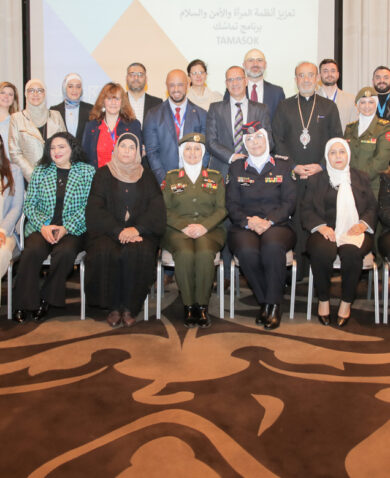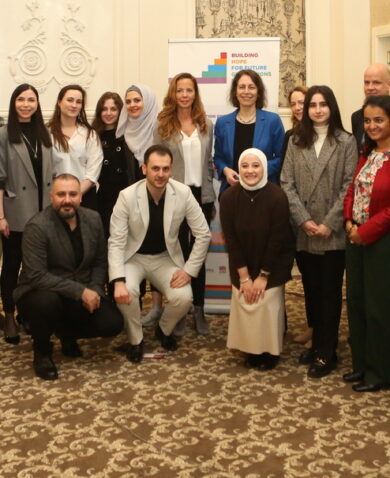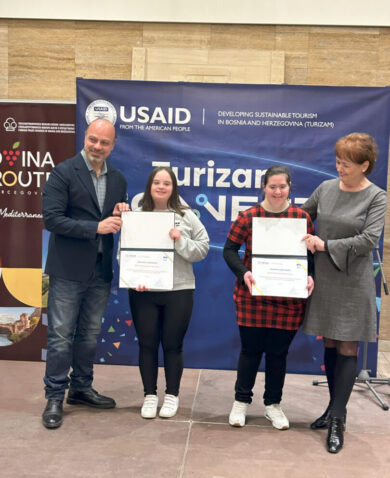
3 Questions with Captain Amos Lee On Recruiting Veteran Talent in Development
May 4, 2022 | 2 Minute ReadOur recent partnership with the U.S. Department of Defense’s SkillBridge program strengthens efforts to build a workforce that reflects Chemonics’ global presence and values. Specifically, we strive to support a workforce inclusive of the rich demographic, experiential, and cognitive diversity that individuals who have served in the U.S. Armed Forces offer.

The SkillBridge program connects qualified organizations in various sectors with exceptional members of the U.S. Armed Forces in their final months of active duty. This exchange provides service members with industry-specific growth opportunities, enabling companies like Chemonics to identify and access top-tier talent motivated to learn about and contribute to those companies’ missions and business goals. Chemonics is honored to host its first SkillBridge intern, U.S. Army Captain Amos Lee, and learn more about his experience. We asked him to share his insights on how the international development sector could best engage veterans in our work.
What motivated you to explore the international development sector and Chemonics?
While working as a global advisor for the nonprofit Climbing Initiative, I stepped into the vast world of social impact work and realized there was much to learn from other professional impact organizations. Chemonics drew me because of its size, resources, and history of results. When Afghanistan fell, I supported extraction operations to assist our Afghan allies. During the process, I realized that dedicated individuals passionate about making an impact could accomplish meaningful work.
What unique barriers to entry have you seen or experienced in transitioning from a military career to the international development sector? What could Chemonics and others in the industry do to address these barriers?
Major barriers to entry likely stem from the scope of the veteran network and lack of knowledge about international development or social impact work. Many soldiers may be unaware of the transferable skills they can bring to international development because their peers do not work in this sector. I think companies can be more effective in hiring veterans by figuring out how to match up organizational needs with service member skill sets.
For many veterans, the hardest part of the transition from a military career is the perceived reduction in influence and leadership responsibility, which is difficult to avoid for those with a lack of private sector and industry knowledge. It could be valuable to consider establishing more streamlined pipelines for veterans. These pipelines could provide veterans with opportunities to become immersed in industry basics and educate hiring managers and supervisors to identify veterans’ skills and capacities that align with the requirements of leadership roles.
What advice would you give to military members who want to get involved with SkillBridge or the international development sector?
First, I recommend sitting down and taking the time to really think about the type of impact you want to create through the private sector. Do you want to help people? Do you want to work in foreign policy? Or do you want to do something entirely different? Once you narrow down where you want to make an impact, you can more easily find the SkillBridge program best suited for you!
If you are an active duty service member looking to get involved with SkillBridge, please consult DOD SkillBridge – How to Apply (osd.mil) and reach out to your local Transition Office or Education Office on base for specific guidance. I also encourage you to seek out resources at your organization, such as employee resource groups. For example, at Chemonics, ChemValor is an employee resource group dedicated to creating a workplace that welcomes, hires, retains, and values military veterans and their families. ChemValor also builds staff capacity to recognize the value of military talent globally.
Posts on the blog represent the views of the authors and do not necessarily represent the views of Chemonics.


































